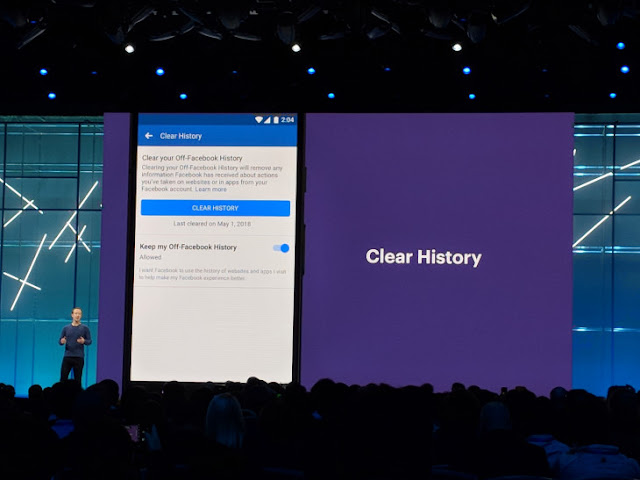Sphero was ready to conquer the world last
year. The company quintupled its product release schedule, flying high with the
help of a Disney licensing deal that gave the world several Star Wars droids
and talking Spider-Man and Lightning McQueen robots.
But following a holiday season that failed to
live up to expectations, the company recently laid off 45 staff members
globally, TechCrunch has learned, a move it says has impacted departments
company-wide.
The majority of the layoffs were centered in
the company’s Colorado headquarters, but staff
cuts also affected its global offices in the U.K.
and Hong Kong .
“We restructured our team on Friday to better
align with our product needs,” a spokesperson for the company told TechCrunch.
“As we look to our product development schedule for 2018 and beyond, we weren’t
going to go that deep, so we had to make some changes for how the teams were
structured.”
The move is a step back for the company and a
bit of a surprise for those who have been following its trajectory from afar.
After participating in Disney’s accelerator back in 2014, the hardware startup
got a small investment from the entertainment goliath and began production on a
BB-8 toy released alongside 2015’s blockbuster Star Wars return, The Force Awakens.
In 2017 alone, the company released new toys
based on R2D2, The Last Jedi‘s
BB-9E, Spider-Man and Pixar’s Cars franchise,
along with Sphero Mini, a smaller, sub-$50 version of the smartphone controlled
ball that started it all.
The startup had bolstered its headcount to
meet the demands of its much accelerated output.
It’s telling, of course, that the layoffs come
so soon after the holidays. While not disastrous, the finally tally pointed to
the need for a rethink in strategy going forward. “[Sales weren’t] exactly what
we had expected,” the spokesperson said. “We still consider ourselves a young
startup. It’s the right time to pivot.”
The decrease comes as it shifts toward aproduct roadmap more in line with the pre-2017 days — putting it at closer to
one to two products per year. “That might be our sweet spot,” the
spokesperson added. “We’re still pretty young, but the one part of our business
that continues to shine is what we’re doing in education. This allows our
company to focus on that vision.”
This
restructuring finds Sphero investing much more of its existing resources into
the education side of its business. The
company has been operating in the category for some time, leveraging its
hardware creations in an offering designed to target schools, but that side has
largely taken a backseat to Sphero’s more commercial offerings until now.
Educational robotics — STEM/STEAM specifically
— is an extremely competitive space, as well. CES last week was overloaded with
companies big and small pushing into the category with a variety of different
platforms, and from the looks of things, next month’s Toy Fair in New York
But Sphero has the marked advantage of
building on top of its own popular robotics platform. In fact, it
ran popular pilot programs in its native Colorado
The company’s SPRK+ Education offers
educators and parents a platform for teaching coding and robotics. Sphero’s
package lets kids program its connected toys through coding, offering a real
world robotics platform on the cheap.
“[Education] is something we can actually
own,” the company’s spokesperson says hopefully. “Where we do well are those
experiences we can 100-percent own, from inception to go-to-market.”
Sphero co-founder and
CTO Ian Bernstein also recently left the company to spin out out a new startup,
Misty Robotics. It isn’t designed to be a direct competitor, focusing instead
on home assistant robotics, but former staffers did join Bernstein at the new
company. Misty will also have its own programmable robot, though its offering,
the Misty I, is focused primarily on adult developers.







No comments:
Post a Comment